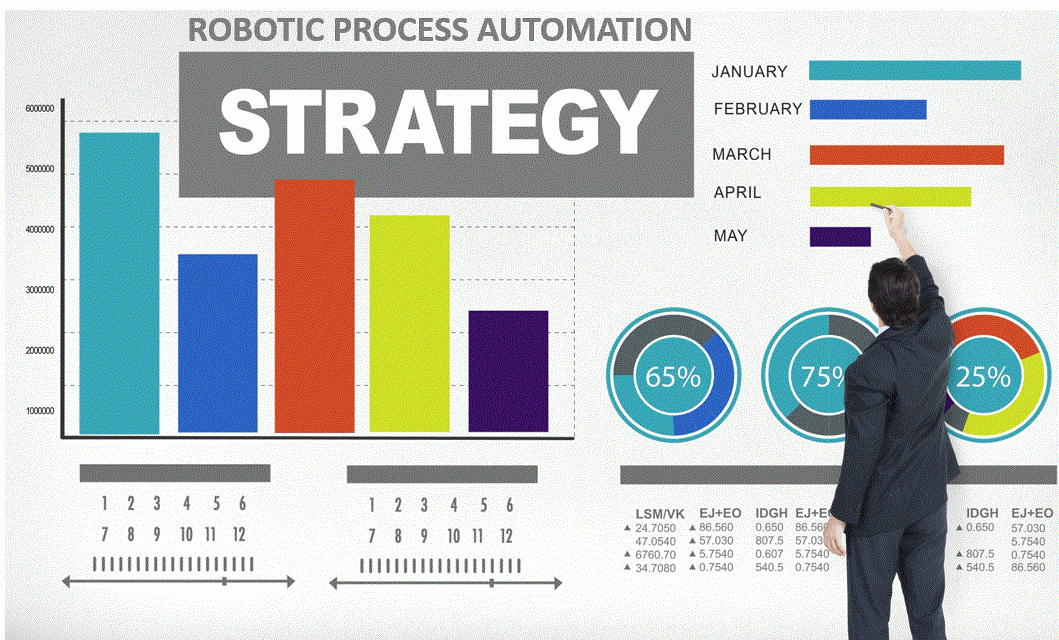Gartner publishes first Magic Quadrant for robotic process automation market (RPA)
Gartner Inc. has published its first Magic Quadrant for the robotic process automation software market, shining a light on the leading players and key trends in the rapidly growing technology segment.
Gartner Inc. published its first Magic Quadrant for the robotic process automation software market, shining a light on the leading players and key trends in the rapidly growing technology segment in May 2019.
RPA relates to the use of software with artificial intelligence and machine learning capabilities to handle high-volume, repeatable tasks that previously required humans to perform. These tasks can include queries, calculations and maintenance of records and transactions. RPA software relies on robots that can mimic a human worker by logging into an application, entering data or calculating and completing tasks and then logging out once the task is done.
The technology is believed to save companies huge amounts of time and money, so it’s not much of a surprise to see Gartner estimating the market for this type of software will reach $2.4 billion a year by 2024, from just $850 million today. Gartner also said RPA is the fastest-growing subsegment of enterprise software it tracks, with an annual growth rate of 63% in 2018.
When it made that forecast last month, Gartner said RPA is growing so fast because it helps companies automate their business processes without needing to replace their legacy computing systems. RPA is therefore proving to be particularly popular with enterprises that still maintain larger amounts of legacy information technology infrastructure, including banks, insurance firms and utility companies.
The purpose of Gartner’s RPA Magic Quadrant is to inform enterprises of the leading players in the market, which are evaluated on two basic criteria: their ability to execute, and their completeness of vision.
A company’s ability to execute is defined by things such as its market understanding and strategy, sales strategy, product strategy, business model, level of innovation and geographic strategy, Gartner said. As for its ability to execute, that takes into consideration things such as its actual product capabilities and viability, sales execution, pricing, market responsiveness and customer experiences.

Gartner said the top-ranked RPA company is UiPath Inc., which most recently raised $568 million in venture capital funding and is valued at $7 billion.
“We’re excited to see the attention being paid to RPA by leading industry analyst firms,” Daniel Dines, UiPath’s co-founder and chief executive officer, said in a statement. “There is a real recognition that businesses are investing in RPA to augment and support their workforces with software robots, rapidly accelerating the digital transformation of their entire business, and freeing employees to spend time on more impactful work.
UiPath’s first place wasn’t much of a surprise give the amount of funding it has managed to attract, but it’s interesting to see Blue Prism Group Plc ahead of Automation Anywhere Inc., given that Blue Prism has raised just $59 million in total, compared with the $550 million war chest of the latter.



Recent Comments